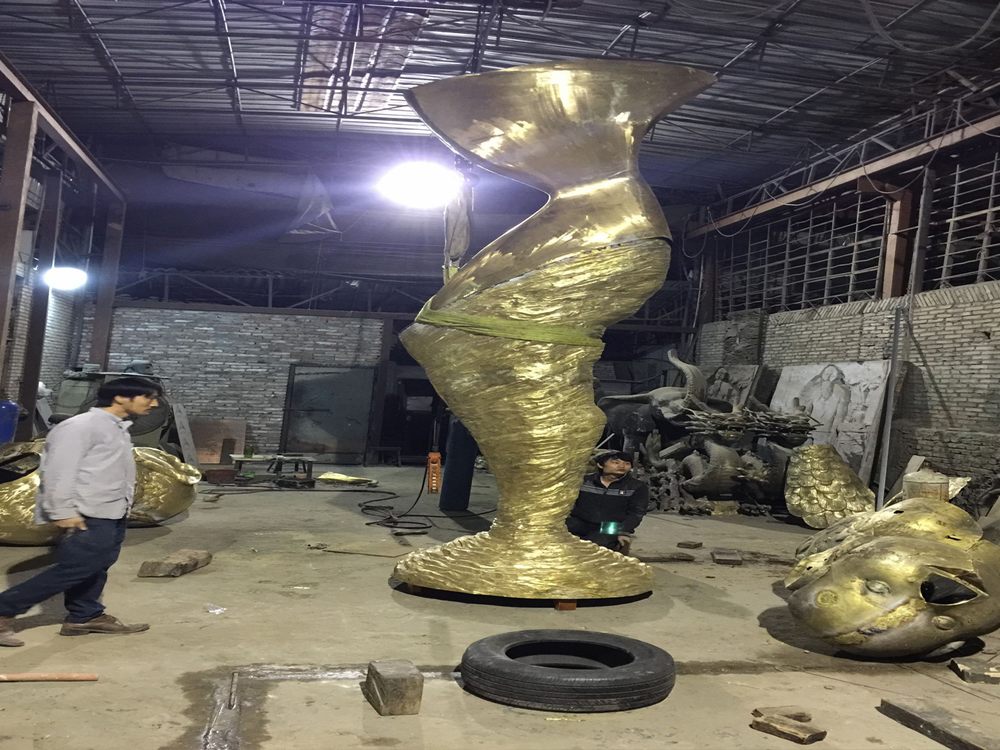
Artists transform inert stones into captivating narratives by mastering the interplay of form, space, and cultural symbolism. Geometric stone arrangements become visual languages through deliberate composition techniques that guide the viewer's eye and imagination.
The narrative power emerges from three key elements: intentional placement creates implied movement, with stones positioned to suggest progression or interaction. Scale variations establish hierarchy, where larger stones may represent dominant themes while smaller fragments hint at supporting details. Negative space becomes as meaningful as the stones themselves, allowing viewers to mentally complete suggested shapes or pathways.
Contemporary practitioners often incorporate mathematical precision with Fibonacci sequences or sacred geometry patterns to evoke universal stories of growth and harmony. Some artists intentionally weather stones or position them according to solar alignments, adding temporal dimensions to their work. The most compelling arrangements balance technical precision with organic imperfections, mirroring how human stories intertwine structure with spontaneity.
By engaging with both the physical landscape and cultural memory, these stone compositions become more than aesthetic objects—they transform into silent storytellers that speak through form, shadow, and the spaces between.

